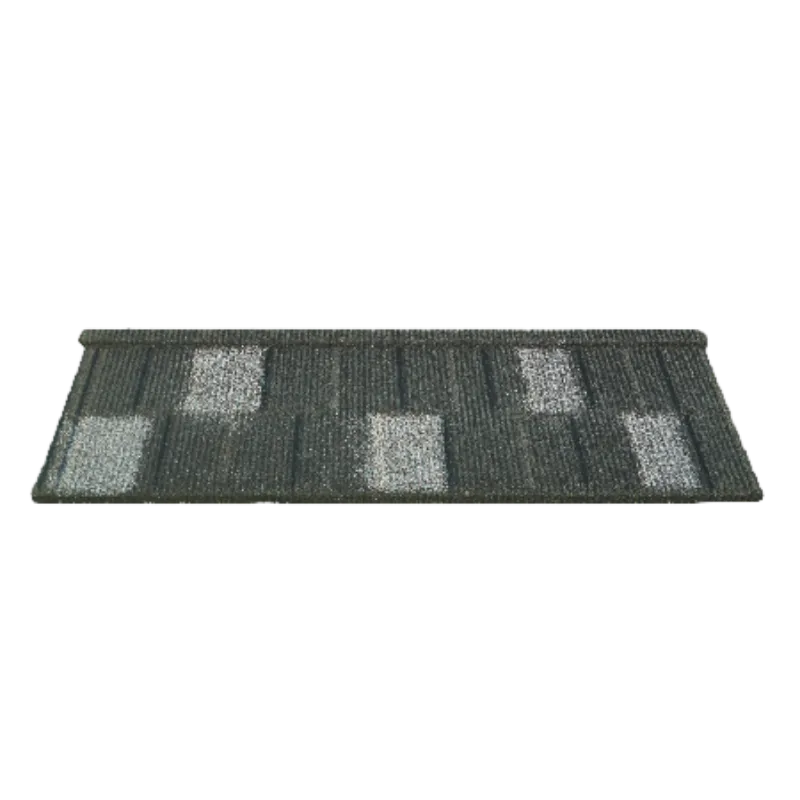
aug . 18, 2024 04:40 Back to list
Signs of New Roof Shingles Shedding Granules and How to Address the Issue
Understanding Granule Loss in New Roof Shingles Causes and Solutions
Roof shingles are a crucial component of any roofing system, providing protection against the elements while enhancing the home’s aesthetic appeal. However, homeowners sometimes encounter an issue with their new roof shingles the loss of granules. This phenomenon can be concerning, especially when it occurs shortly after installation. Understanding the causes and implications of granule loss is essential for homeowners to ensure the longevity of their roofs.
Granules are the small, colored bits of material that coat asphalt shingles. They serve multiple purposes they protect the shingles from ultraviolet (UV) rays, enhance the shingles' fire resistance, and provide aesthetic appeal. The loss of these granules can significantly affect the shingle’s performance and lifespan. Several factors can contribute to granule shedding in new roof shingles.
Understanding Granule Loss in New Roof Shingles Causes and Solutions
Another factor is the installation process. If shingles are not installed correctly, they may be more prone to damage from wind and rain, leading to granule loss. Poor installation practices, such as improper nailing, may leave certain areas of the roof vulnerable. Homeowners should ensure that their roofing contractors are experienced and follow industry best practices to minimize these risks.
new roof shingles losing granules

Weather conditions can also play a major role in the shedding of granules. Severe weather, such as high winds, hail, or intense sunlight, can accelerate the deterioration of roof shingles. For example, hail impacts can dislodge granules, while prolonged exposure to UV rays can break down the asphalt itself, making the granules loosen and wash away during rain.
Another aspect to consider is the condition of the roof before shingles are installed. If the existing roof had issues, such as moisture or rot, these underlying problems can manifest after the new shingles are applied. Water damage or instability in the roofing deck can lead to increased movement of the shingles, resulting in granule loss over time. Therefore, proper roof assessment and preparation before installation are vital.
The consequences of losing granules from new shingles can be significant. Beyond affecting the appearance of the roof, granule loss can lead to decreased protection against UV rays, which can cause the asphalt to deteriorate faster. This can result in cracks and other forms of damage, ultimately reducing the lifespan of the roofing system and necessitating costly repairs or replacements sooner than expected.
To address and prevent granule loss, homeowners should take a proactive approach. Regular roof inspections can help identify issues early on. If granule loss is noticed, it’s essential to consult with a qualified roofing contractor who can assess the situation and recommend appropriate solutions. Depending on the severity, remedies might include patching affected areas, replacing shingles, or even retouching the roof surface to restore its protective capabilities.
In conclusion, while granule loss in new roof shingles can be a distressing issue for homeowners, understanding its causes can help in mitigating potential problems. With proper installation, quality materials, and regular maintenance, homeowners can protect their investment and ensure their roofs remain in excellent condition for years to come.
-
Different 3 Tab Shingles Types | Affordable & Durable Roofing
NewsAug.03,2025
-
Moonlight White HIREFLE Granules with GPT-4 Turbo
NewsAug.02,2025
-
Premium Round Asphalt Shingles: Durable & Elegant Roofing
NewsAug.01,2025
-
Eco-Friendly Clay Tiles | AI-Enhanced Durability
NewsJul.31,2025
-
Durable Shingle Granules for Premium Roofs
NewsJul.31,2025
-
Stone Coated Metal Roof Tile-Roman Tile for Durable Roofing Solutions
NewsJul.30,2025







